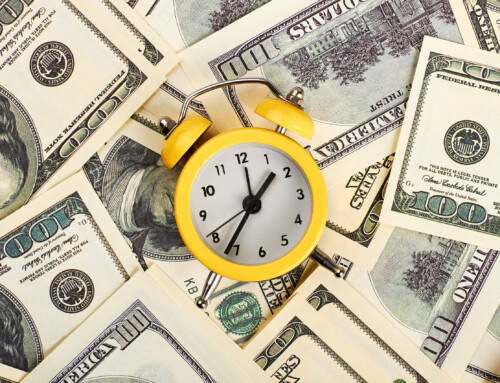Historically, the yield curve has effectively been a real-time business cycle indicator. The market’s growth and inflation expectations are projected at the long-end, while the short-end mostly reflects the expectations for Fed policy rates. As each of these outlooks change, so does the yield curve. For example, following a recession the Fed will typically lower policy rates to stimulate economic activity, thus steepening the shape of the yield curve. Or, as the business cycle progresses the Fed may choose to increase rates to curb inflation, leading to an increase in short-term rates and a flattening of the yield curve. This relationship can often help with determining equity market rotations amid changing economics and fundamentals. So, what was the market condition for 2019?
In 2019 we witnessed a rise in both risk-on assets (e.g. stocks and oil) and risk-off assets (e.g. bonds and gold). Going back to 1984 data, 2019 is the only time where Treasury yields have dropped by 75bps (i.e. bond prices rose) while stocks, bonds, gold and crude oil have gained at least 10%:
 An odd mixture of tailwinds and headwinds seems to be the culprit for this simultaneous bull run among mixed asset classes:
An odd mixture of tailwinds and headwinds seems to be the culprit for this simultaneous bull run among mixed asset classes:
Tailwinds (propelling risk-on assets):
- Interest rate cuts propelled risky assets
- Improved economic outlook as the year progressed
- US and China trade progress
Headwinds (propelling risk-off assets):
- Continued trade conflicts
- Early-year forecast for possible global economic slowdown
- High volatility (i.e. frothy markets)
In 2020, we are now left with 2019’s unlikely scenario presenting us with two concerns, lower yields and richer stocks. Our concern, should interest rates rise and shift bonds into more bearish territory, how will this effect stocks?
We often see that in a rising interest rate environment, the equity market becomes more bullish. Typically, due to a stronger conviction around growth and inflation, long-term rates rise by more than short-term rates and steepen the yield curve. However, the yield curve can shape in more than one fashion. If long-term rates do not climb by more than short-term rates, the curve will become flatter. While we are still presented with a risk on environment, it’s typically not as strong as one where long-term rates rise more than short-term rates. We maintain the opinion that yields will increase. Many expected yields would climb this past year, but 2019 demonstrated that even the most improbable scenario is feasible. And, while rising interest rates present a bear case for bonds, they typically correspond with a bull case for stocks.



